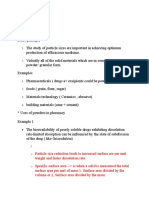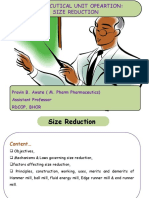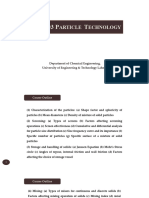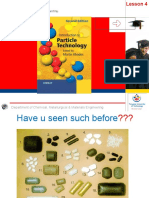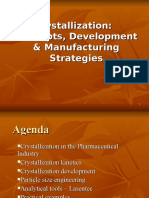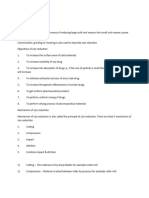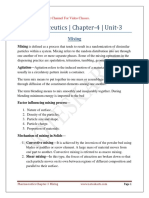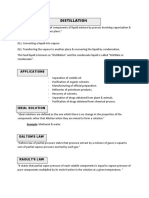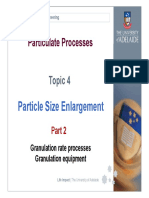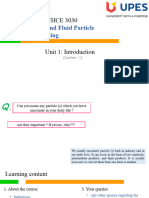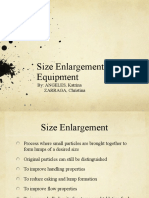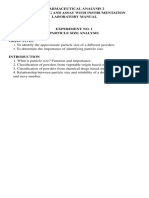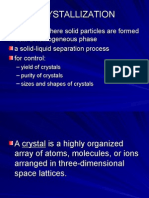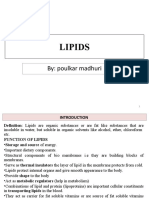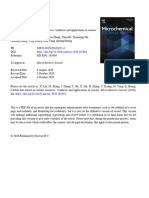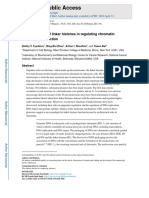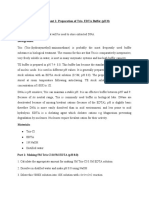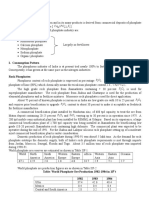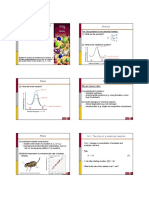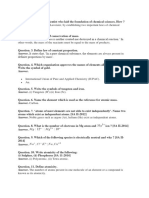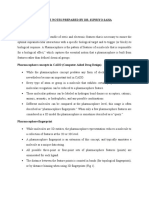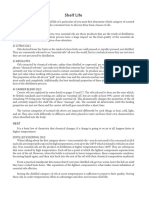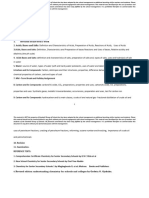0% found this document useful (0 votes)
483 views46 pagesSize Reduction in Pharmaceutical Engineering
Size reduction is a process that reduces large solid masses into smaller particles through precipitation or mechanical methods. Precipitation involves using solvents and another solvent to reduce size, while mechanical methods use grinding equipment and force. Size reduction increases surface area and improves properties like appearance, mixing, stability, drying, and viscosity. It allows for more uniform content and flow while reducing bulk and shipping costs. However, it can also degrade drugs and cause contamination. The energy used in size reduction is mostly wasted via elastic deformation, transportation within machines, friction, heat, and inefficiencies. Factors like hardness, toughness, stickiness, material structure, temperature, moisture, purity needs, and densities determine how size reduction occurs.
Uploaded by
Madhuri poulkarCopyright
© © All Rights Reserved
We take content rights seriously. If you suspect this is your content, claim it here.
Available Formats
Download as PPTX, PDF, TXT or read online on Scribd
0% found this document useful (0 votes)
483 views46 pagesSize Reduction in Pharmaceutical Engineering
Size reduction is a process that reduces large solid masses into smaller particles through precipitation or mechanical methods. Precipitation involves using solvents and another solvent to reduce size, while mechanical methods use grinding equipment and force. Size reduction increases surface area and improves properties like appearance, mixing, stability, drying, and viscosity. It allows for more uniform content and flow while reducing bulk and shipping costs. However, it can also degrade drugs and cause contamination. The energy used in size reduction is mostly wasted via elastic deformation, transportation within machines, friction, heat, and inefficiencies. Factors like hardness, toughness, stickiness, material structure, temperature, moisture, purity needs, and densities determine how size reduction occurs.
Uploaded by
Madhuri poulkarCopyright
© © All Rights Reserved
We take content rights seriously. If you suspect this is your content, claim it here.
Available Formats
Download as PPTX, PDF, TXT or read online on Scribd
/ 46

